With the constant growth of the human race, unison to it a colossal consumerism that has been seriously damaging the ecosystem and the living beings that inhabit this planet, I think that architecture should focus on the renewable, ecological and bioconstructive today more than ever , that is why through a recent research, which in my opinion is functional and necessary for our society and most important of all, economically feasible and even motivates us to be self-sustaining and independent in different ways.
I decided to synthesize and divide it in 2 entries to not make it tedious, I'm interested in delivering the message to all the ones reading this ... I think we are all well aware of what the footprint of man has done, also we know the governments of the world do not seem to care, since they do not do anything to reverse the damage.
Surely all of them already have their mansions on Mars and on the Dark side of the Moon... but f**k them all, right?
Happily for us, there are people who care, so we have many alternatives to reduce the damage we have made, one of these alternatives are the Tiny Houses
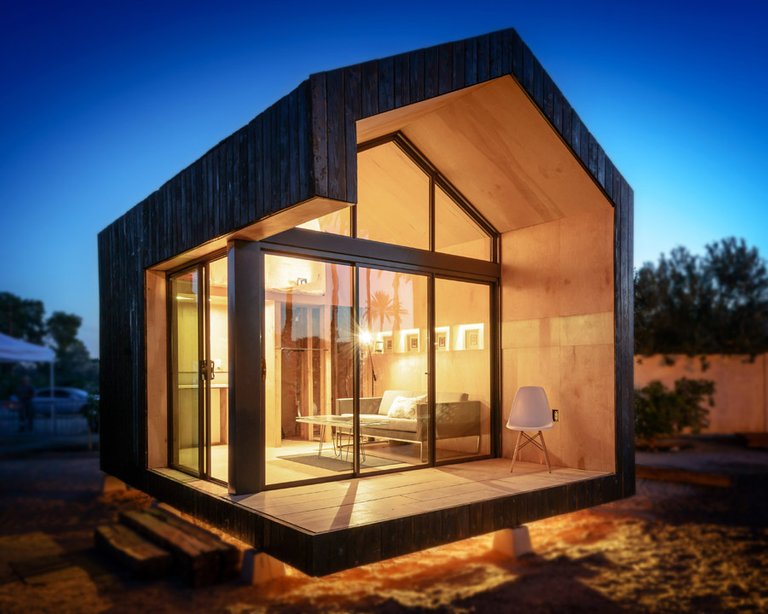
but:

WHAT IS A TINY HOUSE?
It is a house with dimensions smaller than standard houses, approximately 18 square meters, but yet habitable. This type of structure minimizes the comsumption of energy and resources in general, whether environmental or monetary.
A tiny house is an inclination to flexibility, innovation and at the same, a simple life style.
Every area of it is synthesized to the maximum, placing Quality over Quantity, meaning every space has multiple functions.


WHY A TINY HOUSE?
Originally tiny houses were created to provide a quick solution to times of economic crisis and for support in cases of natural catastrophes.
However today this is a vanguard proposal, with the human population growing and evolving so fast, a Tiny House stands out as an alternative to a series of problems most cities in the World suffer nowadays.
These are mostly spatial and economical difficulties, where the environment has been dangerously affected.

The Ecological Footprint measures how much demand human consumption places on the biosphere. It is measured in standard units called global hectares. There are two indicators; the ecological footprint per person which is a nation’s total impact divided by the total population of the nation. The available biocapacity per person is currently 1.7 global hectares.
If a nation’s Eco Footprint is higher, its citizens are demanding more resources and wastes that the planet can regenerate and absorb in the atmosphere. The biocapacity per person equals total biocapacity of a region divided by the region’s population. Countries with an average biocapacity of 3.4 global hectares per person have twice as many resources as the World average.

TINY HOUSE BENEFITS
The proposal focuses on quality before quantity, which means that it is not necessary have an opulent home to have a comfortable lifestyle, every home needs its own identity and be adapted to its owner. Quality delivers an optimal and functional design meaning it takes advantage of all the available square meters to guarantee the greatest possible comfort.

It benefits make tiny houses an attractive alternative today, mostly because they’re more profitable. Due to the few square meters, a standard tiny house is less expensive than a conventional house.
However, there are high-performance tiny houses that are expensive but ultimately provide financial Independence as they are self-sustainable.

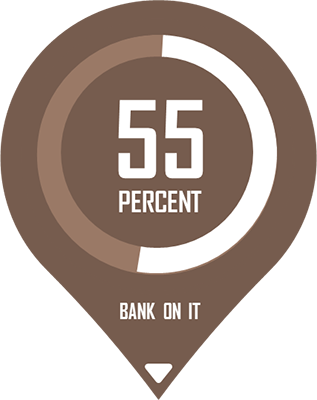
Fifty-five percent of tiny house people have more savings
than the average American with a median of $10,972 in the bank.
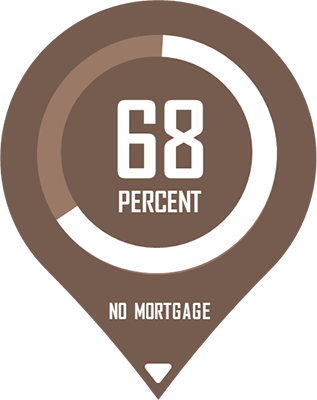
Sixty-eight percent of tiny house people
have no mortgagecompared to 29.3% of all U.S homeowners.
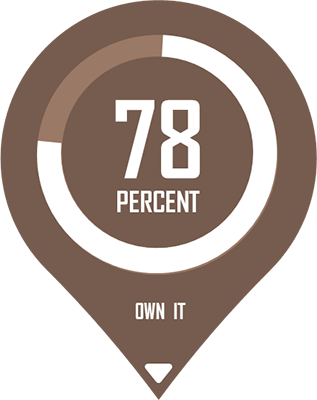
Seventy-eight percent of tiny house own their home
compared to 65% of homeowners with traditional houses.

The average tiny house is 18 square meters while the standard U.S house takes up nearly 200 square meters, that adds up to nearly 11.3 Tiny Houses.
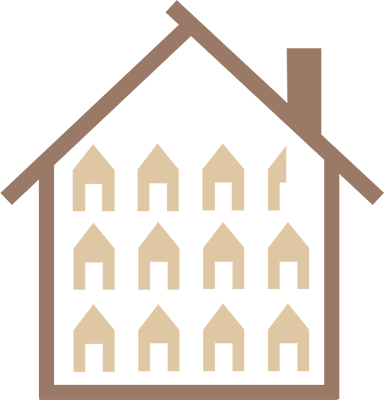
Most of the tiny houses are built in lightweight and recycled materials, which generates less impact to the environment that surrounds them.

They are also usually self-sustaining meaning the consumption of energy and natural resources decreases considerably reducing at the same time the ecological footprint of a community. A tiny house can be moved and its easy to transport.

Thanks for making this far! I will appreciate if you resteem this entrie or upvote it if you find it helpful, also I'm curious to read your thoughts so drop them on the comments section below!

RESOURCES
The Tiny Lifestyle
Tiny Home Builders

You have a minor misspelling in the following sentence:
It should be environment instead of enviroment.Corrected! Thank you ^^